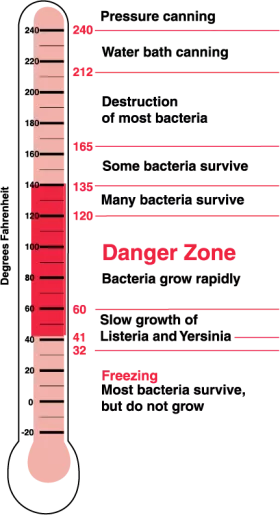Foodborne illness costs lives and money. Millions of people become sick each year and thousands die after eating contaminated or mishandled foods. Children, the elderly and people with weakened immune systems are especially vulnerable to foodborne illness.
New estimates for the cost of foodborne illness were released in 2010 and 2012. Scharff (2010; 2012) estimated the cost of foodborne illness in the U.S. to be $152 billion and $77.7 billion, respectively. Scharff included 30 identifiable pathogens plus foodborne illnesses for which no pathogen source can be identified in his estimate, while Hoffmann et al. (2012) estimated that illness from 14 major pathogens that account for more than 95 percent of the illnesses, hospitalizations and deaths in the U.S. cost $14.1 billion.
Serving safe food has numerous benefits. By preventing foodborne illness outbreaks, establishments can avoid legal fees, medical claims, wasted food, bad publicity and possibly, closure of the establishment.
An outbreak occurs when two or more cases of a similar illness are caused by eating a common food. According to the Centers for Disease Control and Prevention (2011), these are the annual statistics related to foodborne illness in the U.S.:
- 48 million gastrointestinal illnesses
- 128,000 hospitalizations
- 3,000 deaths
Some people are more at risk of becoming ill from unsafe food. These populations include young children, elderly, people with compromised immune systems and pregnant women.

